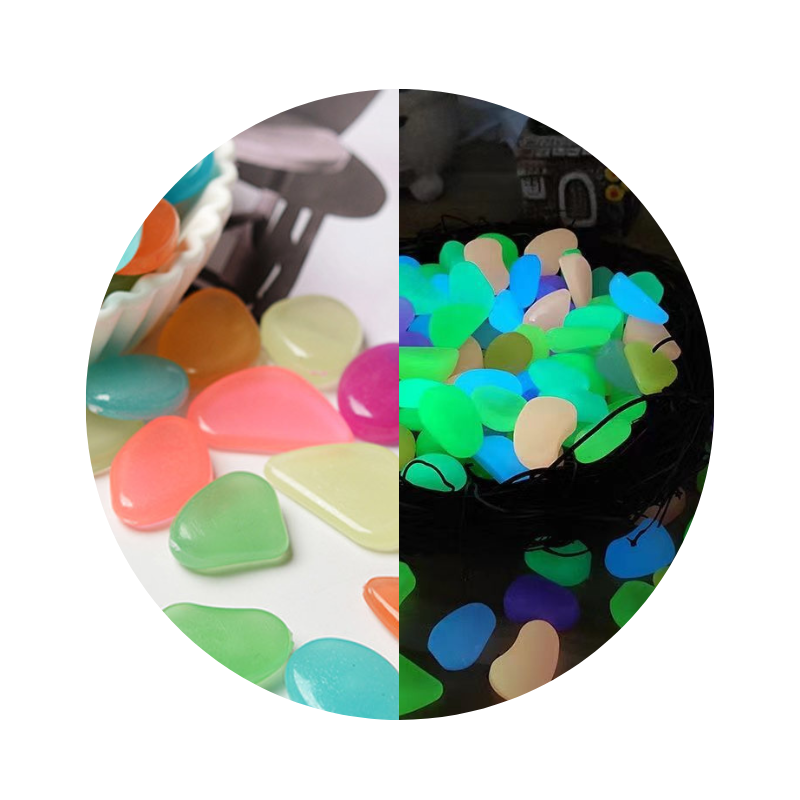
kaolin clay
Kaolin Clay The Versatile Natural Resource
Kaolin clay, also known as china clay, is a soft, white clay primarily composed of kaolinite, a mineral formed through the weathering of felspar. It is named after the Kaoling Hill in China, where it was first discovered and mined for porcelain production. Today, kaolin clay is extracted from various locations around the world and is valued for its numerous applications across different industries, including ceramics, paper, paint, pharmaceuticals, and cosmetics.
One of the most significant uses of kaolin clay is in the ceramics industry. Due to its fine particle size and whiteness, kaolin is a key ingredient in the manufacturing of porcelain and stoneware. It provides the necessary plasticity and helps create a smooth texture, allowing for detailed craftsmanship in pottery. The use of kaolin clay in ceramics not only enhances the aesthetic qualities of the finished products but also contributes to their durability and strength.
Additionally, kaolin clay plays a vital role in the paper industry
. It is used as a filler and coating material, improving the brightness, smoothness, and printability of paper. When added to paper, kaolin helps enhance its opacity and prevents ink from bleeding, making it particularly valuable in the production of high-quality printing papers and magazines. The fine particles of kaolin clay create a uniform surface that not only improves the visual appearance of printed materials but also enhances their tactile feel.kaolin clay

In the paint industry, kaolin clay is used as a pigment and extender. Its high brightness and opacity make it an ideal component for producing quality paints. Kaolin enhances the durability of paint and provides a smooth finish, which is especially important for architectural coatings. Furthermore, due to its non-toxic nature, kaolin clay is a preferred choice for eco-friendly paint formulations.
The pharmaceutical and cosmetic industries also benefit from kaolin clay. In pharmaceuticals, it is used as an excipient, which aids in the formulation of tablets and as an active ingredient in some medicines due to its absorbent properties. Kaolin is known for its ability to absorb moisture and toxins, making it effective in treating various skin conditions. In cosmetics, kaolin is often found in facial masks and powders, where it serves to cleanse and soothe the skin while controlling oiliness.
Moreover, kaolin clay has gained popularity in the realm of natural beauty and wellness. It is celebrated for its gentle exfoliating properties and is frequently used in DIY beauty treatments. From clay masks to body scrubs, kaolin is revered in holistic skin care, appealing to consumers who favor natural ingredients.
In conclusion, kaolin clay is a versatile natural resource with immense importance across various sectors. Its unique properties and functionalities make it an invaluable component in ceramics, paper, paint, pharmaceuticals, and cosmetics. As industries increasingly seek sustainable and eco-friendly materials, the demand for kaolin clay is likely to grow, reinforcing its status as a cornerstone in the manufacturing and beauty sectors. Whether in art, industry, or personal care, kaolin clay continues to play a significant role in enhancing the quality and effectiveness of countless products.
Share
-
Premium Pigment Supplier Custom Solutions & Bulk OrdersNewsMay.30,2025
-
Top China Slag Fly Ash Manufacturer OEM Factory SolutionsNewsMay.30,2025
-
Natural Lava Rock & Pumice for Landscaping Durable Volcanic SolutionsNewsMay.30,2025
-
Custom Micro Silica Fume Powder Manufacturers High-Purity SolutionsNewsMay.29,2025
-
Custom Mica Powder Pigment Manufacturers Vibrant Colors & Bulk OrdersNewsMay.29,2025
-
Custom Micro Silica Fume Powder Manufacturers Premium QualityNewsMay.29,2025






